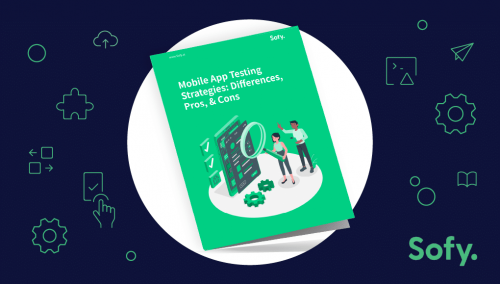Consider your morning alarm ringtone, your highest game score, and your knowledge of the upcoming weeks weather. What do these have in common? Chances are that each resulted from a mobile phone app. It is no secret that today we live in an increasingly app-focused world. Or that mobile apps have already become a central pillar in many of our lives. Consumers increasingly embrace apps as crucial elements of their day-to-day activities. In turn, they expect the apps they have come to depend on to be welcoming, attractive, and fully functional from device to device, year to year.
The increased pressure for app perfection has in turn placed great stress on mobile app developers. Maximizing productivity and accuracy has become key in overall app testing strategies. Making an incorrect decision regarding the testing strategy could result in a detrimental use of time and energy, potentially adding bottlenecks to time-to-market and consumer perception. When deliberating on a strategy, it is important to take into account all the variables that influence the overall pace and effectiveness of your team’s resource utilization.
Are emulators and simulators a viable workaround for real device testing? Is scriptless automation the future of app development? Read our eBook to learn more about these and other mobile app testing strategies and concerns.
In this guide we’ll cover:
- How to create a robust mobile app testing strategy
- Today’s mobile app testing pain points
- Automation approaches
- Emulators vs. real devices
- How the no-code is revolutionizing the testing world
- And more
Download your free eBook today.










